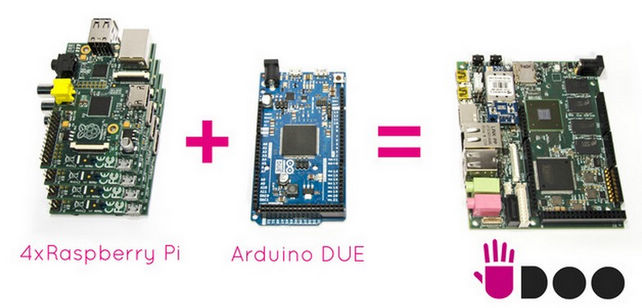Docker Where are the Docker daemon logs?
Troubleshoot the daemon
You can enable debugging on the daemon to learn about the runtime activity of the daemon and to aid in troubleshooting. If the daemon is completely non-responsive, you can also force a full stack trace of all threads to be added to the daemon log by sending the SIGUSR signal to the Docker daemon.
Out Of Memory Exceptions (OOME)
If your containers attempt to use more memory than the system has available, you may experience an Out Of Memory Exception (OOME) and a container, or the Docker daemon, might be killed by the kernel OOM killer. To prevent this from happening, ensure that your application runs on hosts with adequate memory and see Understand the risks of running out of memory.
Read the logs
The daemon logs may help you diagnose problems. The logs may be saved in one of a few locations, depending on the operating system configuration and the logging subsystem used:
| Operating system | Location |
|---|---|
| RHEL, Oracle Linux | /var/log/messages |
| Debian | /var/log/daemon.log |
| Ubuntu 16.04+, CentOS | Use the command journalctl -u docker.service |
| Ubuntu 14.10- | /var/log/upstart/docker.log |
| macOS | ~/Library/Containers/com.docker.docker/Data/com.docker.driver.amd64-linux/console-ring |
| Windows | AppData\Local |
Enable debugging
There are two ways to enable debugging. The recommended approach is to set the debug key to true in the daemon.json file. This method works for every Docker platform.
-
Edit the
daemon.jsonfile, which is usually located in/etc/docker/. You may need to create this file, if it does not yet exist. On macOS or Windows, do not edit the file directly. Instead, go to Preferences / Daemon / Advanced. -
If the file is empty, add the following:
{ "debug": true}If the file already contains JSON, just add the key
"debug": true, being careful to add a comma to the end of the line if it is not the last line before the closing bracket. Also verify that if thelog-levelkey is set, it is set to eitherinfoordebug.infois the default, and possible values aredebug,info,warn,error,fatal. -
Send a
HUPsignal to the daemon to cause it to reload its configuration. On Linux hosts, use the following command.$ sudo kill -SIGHUP $(pidof dockerd)
On Windows hosts, restart Docker.
Instead of following this procedure, you can also stop the Docker daemon and restart it manually with the -D flag. However, this may result in Docker restarting with a different environment than the one the hosts’ startup scripts will create, and this may make debugging more difficult.
Force a stack trace to be logged
If the daemon is unresponsive, you can force a full stack trace to be logged by sending a SIGUSR1 signal to the daemon.
-
Linux:
$ sudo kill -SIGUSR1 $(pidof dockerd)
-
Windows Server:
Download docker-signal.
Run the executable with the flag
--pid=<PID of daemon>.
This will force a stack trace to be logged but will not stop the daemon. Daemon logs will show the stack trace or the path to a file containing the stack trace if it was logged to a file.
The daemon will continue operating after handling the SIGUSR1 signal and dumping the stack traces to the log. The stack traces can be used to determine the state of all goroutines and threads within the daemon.
View stack traces
The Docker daemon log can be viewed by using one of the following methods:
-
By running
journalctl -u docker.serviceon Linux systems usingsystemctl -
/var/log/messages,/var/log/daemon.log, or/var/log/docker.logon older Linux systems -
By running
Get-EventLog -LogName Application -Source Docker -After (Get-Date).AddMinutes(-5) | Sort-Object Timeon Docker EE for Windows Server
Note: It is not possible to manually generate a stack trace on Docker for Mac or Docker for Windows. However, you can click the Docker taskbar icon and choose Diagnose and feedback to send information to Docker if you run into issues.
Look in the Docker logs for a message like the following:
...goroutine stacks written to /var/run/docker/goroutine-stacks-2017-06-02T193336z.log ...daemon datastructure dump written to /var/run/docker/daemon-data-2017-06-02T193336z.log
The locations where Docker saves these stack traces and dumps depends on your operating system and configuration. You may be able to get useful diagnostic information straight from the stack traces and dumps. Otherwise, you can provide this information to Docker for help diagnosing the problem.
Check whether Docker is running
The operating-system independent way to check whether Docker is running is to ask Docker, using the docker info command.
You can also use operating system utilities, such as sudo systemctl is-active docker or sudo status docker orsudo service docker status, or checking the service status using Windows utilities.






